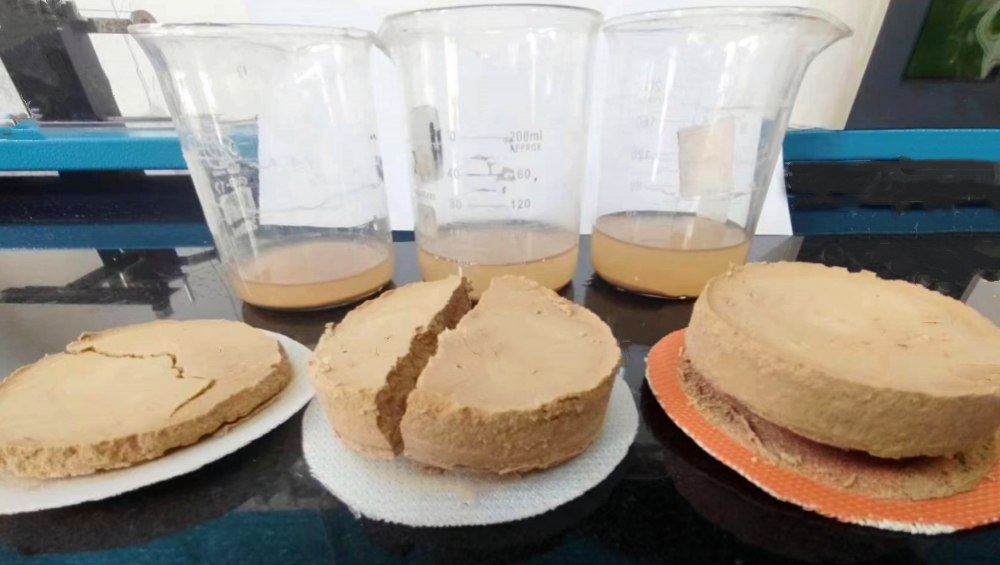
In industrial production, filter cloth serves as the core component of filtration process. Its selection directly affects production efficiency, energy consumption, and final product quality. Many users fall into the misconception that “the higher the precision, the better.” In reality, successful filter cloth selection depends on finding the ideal balance between filtration precision and air permeability.
In industries such as food processing, pharmaceuticals, and fine chemicals—where product purity is critical—filtration precision is the top priority. The filter cloth must effectively capture extremely fine particles and impurities. These high-precision fabrics are usually woven with higher density, resulting in lower air permeability and higher energy consumption. Such filter cloths are essential to achieving high-purity processes and ensuring product consistency.

For large-scale or energy-sensitive operations, filter cloths with higher air permeability can significantly improve filtration efficiency and reduce energy consumption. Greater permeability allows liquid to pass through faster, increasing throughput per unit of time. However, it is crucial to ensure that the filtration precision still meets process requirements and environmental discharge standards.
When processing sticky or easily clogging materials, flexibility in selection becomes essential. Overly fine filter cloths may form a dense blockage layer, leading to frequent cleaning and downtime. In such cases, choosing a fabric with higher air permeability can actually result in greater overall efficiency and smoother operation.
A scientific approach to filter cloth selection begins with a comprehensive understanding of process requirements—define your minimum filtration precision, energy limits, and material characteristics. It’s recommended to work closely with your supplier, test samples under actual working conditions, and evaluate chemical compatibility, mechanical strength, and life-cycle cost.
With a well-balanced selection strategy, filter cloths are no longer mere consumables—they become key tools for optimizing production, reducing operational costs, and improving product quality.